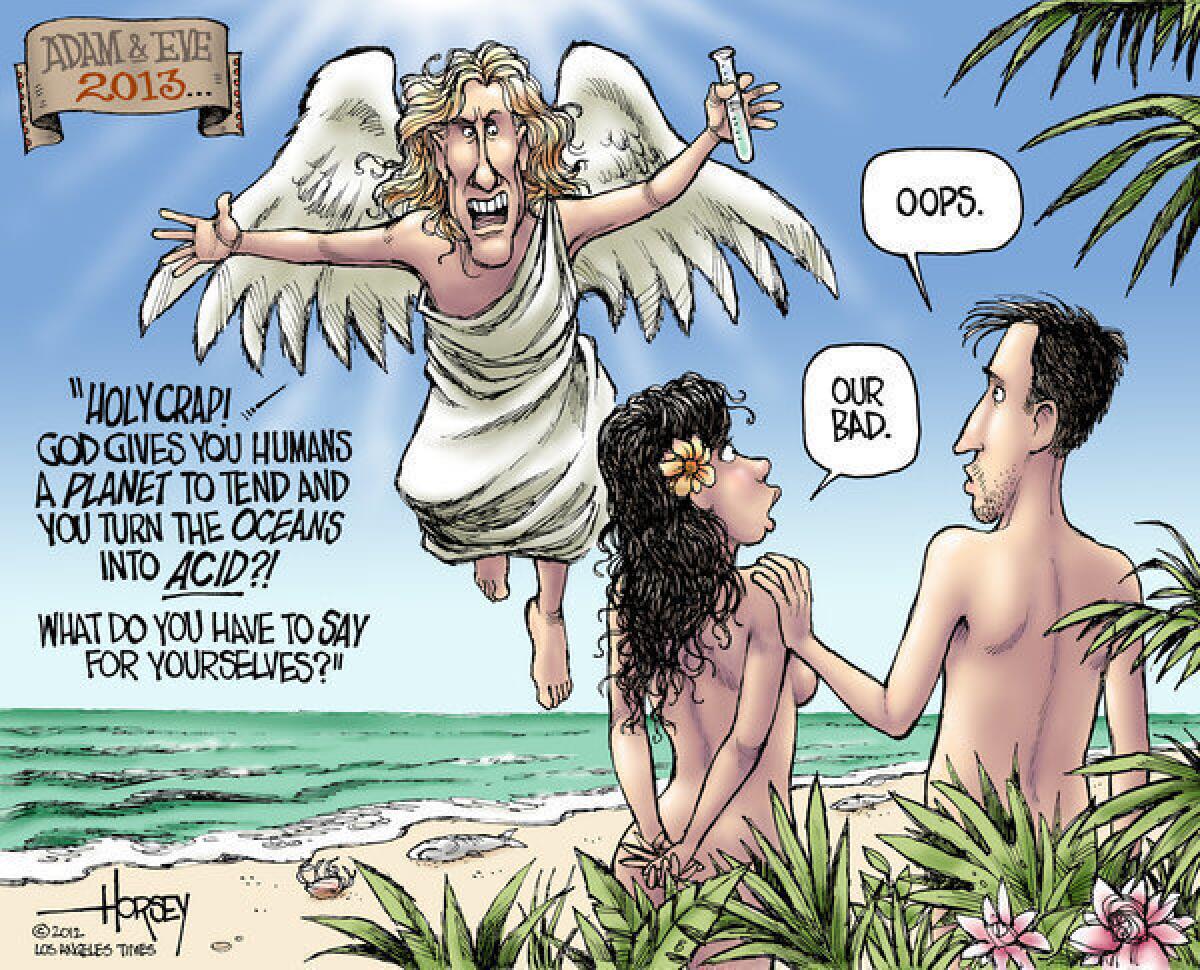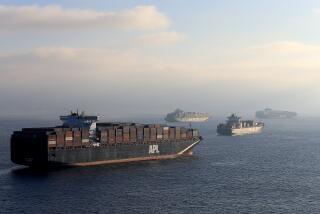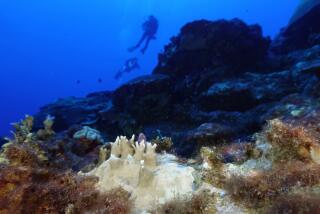Ocean acidification is killing sea life, and we are the culprits

If the prospect of coastal cities sinking into the sea 100 years from now does not motivate Americans to do something dramatic to reduce carbon dioxide emissions, there is something happening at this very moment that should be setting off sirens. Rising CO2 levels are making the oceans more acidic and that change in the chemistry of the seas is disrupting the food chain that ends with you and me.
For years, as scientists watched the carbon emissions from our tailpipes and smokestacks spew into the sky and goose temperatures higher, there was one mitigating factor that was keeping a brake on global warming: The oceans were absorbing a whole lot of that CO2.
Now, though, it turns out that is not such a blessing. Carbon dioxide welling up from the cold, deep ocean is shifting the pH balance in shallower coastal waters. That rise in acidity is affecting organisms that depend on calcium carbonate to form protective shells and exoskeletons -- creatures such as crabs and oysters and clams, as well as coral reefs that provide crucial habitat for many kinds of sea life.
Acidification dissolves shells and coral. There is evidence it also screws up the instinctual guidance systems of at least some types of fish, making them unable to discern the difference between predators and prey. Scientists suspected something bad like this might happen as the oceans grew more sour, but they did not expect it to be happening already.
Researchers are finding that, in several locales, the shells of tiny creatures called pteropods are being thinned and broken down by acidity. People do not eat pteropods, but plenty of fish do. They supply 50% of the diet of pink salmon, and people do eat salmon. It is not hard to understand the biology: If pteropods disappear, salmon and other fish get scarce.
In an interview with the Seattle Times, Gretchen Hofmann, a biologist at UC Santa Barbara stressed how crucial little creatures like pteropods are in maintaining the food chain. “They’re small but carry an enormous amount of nutrition and are eaten even by very big fish. If you’re in the Antarctic and see a beautiful emperor penguin, it exists by eating fish under the sea ice. And those fish eat pteropods.”
Moved to action by a massive die-off of oyster larvae that was traced to acidification, Washington became the first state to establish a blue-ribbon panel to come up with a plan to cope with ocean acidification. The panel released its findings on Tuesday and recommended 42 steps toward adaptation, remediation, monitoring and education.
For now, such efforts may help protect the seafood industry that brings $1.7 billion annually to Washington, but one state cannot fix this problem permanently.
The threat is global. A report by the United Nations Environment Program said, “Fish, including shellfish, contribute 15% of animal protein for three billion people worldwide. A further one billion people rely on fisheries for their primary source of protein. . . . Fish stocks, already declining in many areas due to over-fishing and habitat destruction now face the new threats posed by ocean acidification.”
Each and every day, humans loft 70 million tons of CO2 into the atmosphere, and the seas absorb a fourth of that. Unless we are feeling suicidal, it is time to change our way of doing business. This is not a matter of finding empathy for our grandchildren who will be stuck living on a simmering, stormy planet because we refuse to end our carbon-burning ways, this is a matter of killing off species that feed us today.
Global warming is the foreboding thunder in the distance. Ocean acidification is the lightning strike in our frontyard, right here, right now.
More to Read
Get the L.A. Times Politics newsletter
Deeply reported insights into legislation, politics and policy from Sacramento, Washington and beyond. In your inbox three times per week.
You may occasionally receive promotional content from the Los Angeles Times.











